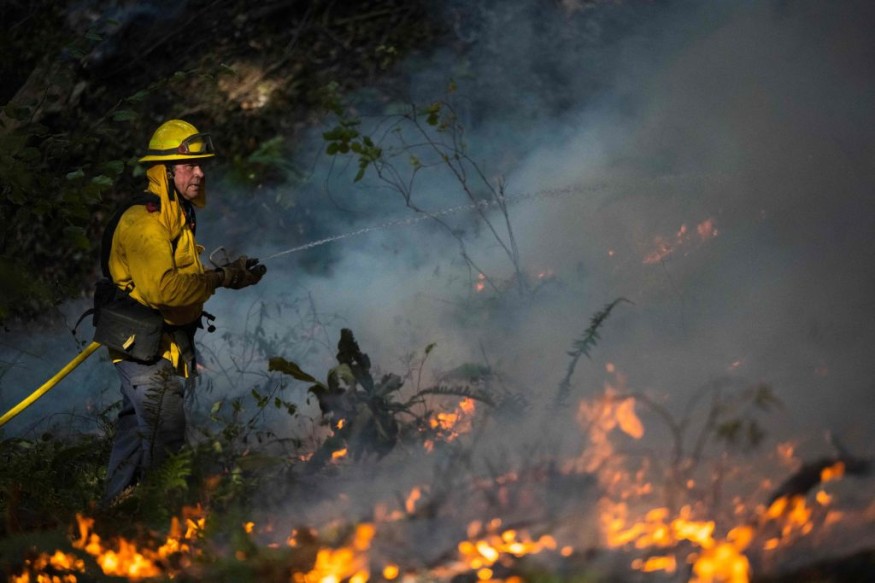The latest 20-year study revealed that forest restoration techniques can help improve forest health, and prevent wildfire risk in California. Prescribed burning and restoration thinning can mitigate raging fires to unfold.
California has been hit by deadly wildfires. Prolonged warmth and dry vegetation are favorable to raging fires exacerbated by strong winds. Understanding raging wildfires can contribute to the safety of communities and prevent devastating economic loss.
In addition, climate change can also intensify the wildfire effects due to hotter temperatures and lack of precipitation. It can cause prolonged drought and vegetation.
Preventing Wildlife Risk in California: Why Does It Matter?

In California, authorities developed strategic planning for using prescribed fires by 2025. Wildfire mitigation can help improve forest management and the spread of fires.
The strategy aims to expand the beneficial fire to about 400,000 acres every year by 2025. Resilience will help fight climate change and wildfire crises.
The research findings were published in the journal Ecological Applications. Researchers explained that fire suppression will help with the frequent forest fires in California exacerbated by climate change based on the 20-year study in the Northern Sierra Nevada.
Prescribed fires and restoration thinning are effective treatments to fight forest stressors like warming trends, raging wildfires and bark beetles or diseases.
Professor Scott Stephens, the study's lead author, explained that the study was a very effective treatment. Stephens is also from the fire science at the University of California, Berkeley.
However, beneficial fire requires a trained workforce and appropriate weather conditions to become more effective and avoid risk. Communities can look for effective ways to mitigate wildfire risk in their areas.
In the Blodgett Forest Research Station, researchers employed the prescribed burning and restoration thinning to help improve the quality of forests.
Part of the study is the creation of experimental plots that observe the impacts of prescribed burning and thinning. After 20 years, they discovered that the plots became more resilient to wire risk and trees will likely survive.
Researchers aimed that the program would be a helpful solution in controlling and addressing the problems of wildfire in California. Deadly wildfires can become devastating for communities, wildlife and trees.
Also Read : Over $42 Million California Funding to Help Fight Climate Change by Planting Trees, Green Spaces
California Drought Effects
In a recent report, the 2022 widespread drought in California killed about 36 million trees in the state. The rare Joshua trees are also affected due to drought and raging wildfires, including bristlecone pines, towering sequoias and pine trees.
Recently, NWN reported that California is expected to allot over $42 million in funding to build resilient communities by planting more trees and developing more green spaces.
The project will also help improve air quality in the region and protect communities from challenging weather events.
Related Article : California Drought: Prolonged Heat, Climate Change Causes 36 Million Trees to Die in 2022
For more similar stories, don't forget to follow Nature World News.
© 2025 NatureWorldNews.com All rights reserved. Do not reproduce without permission.

